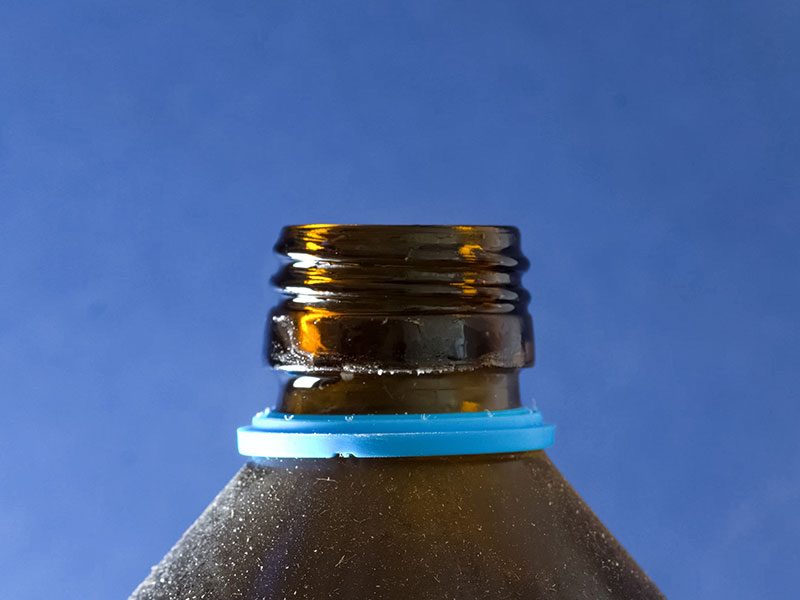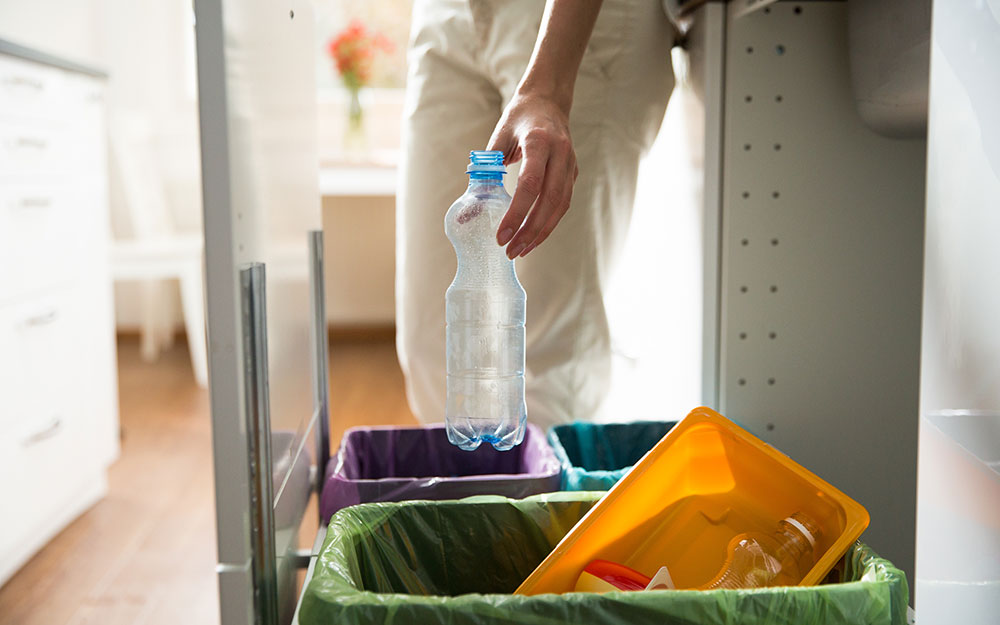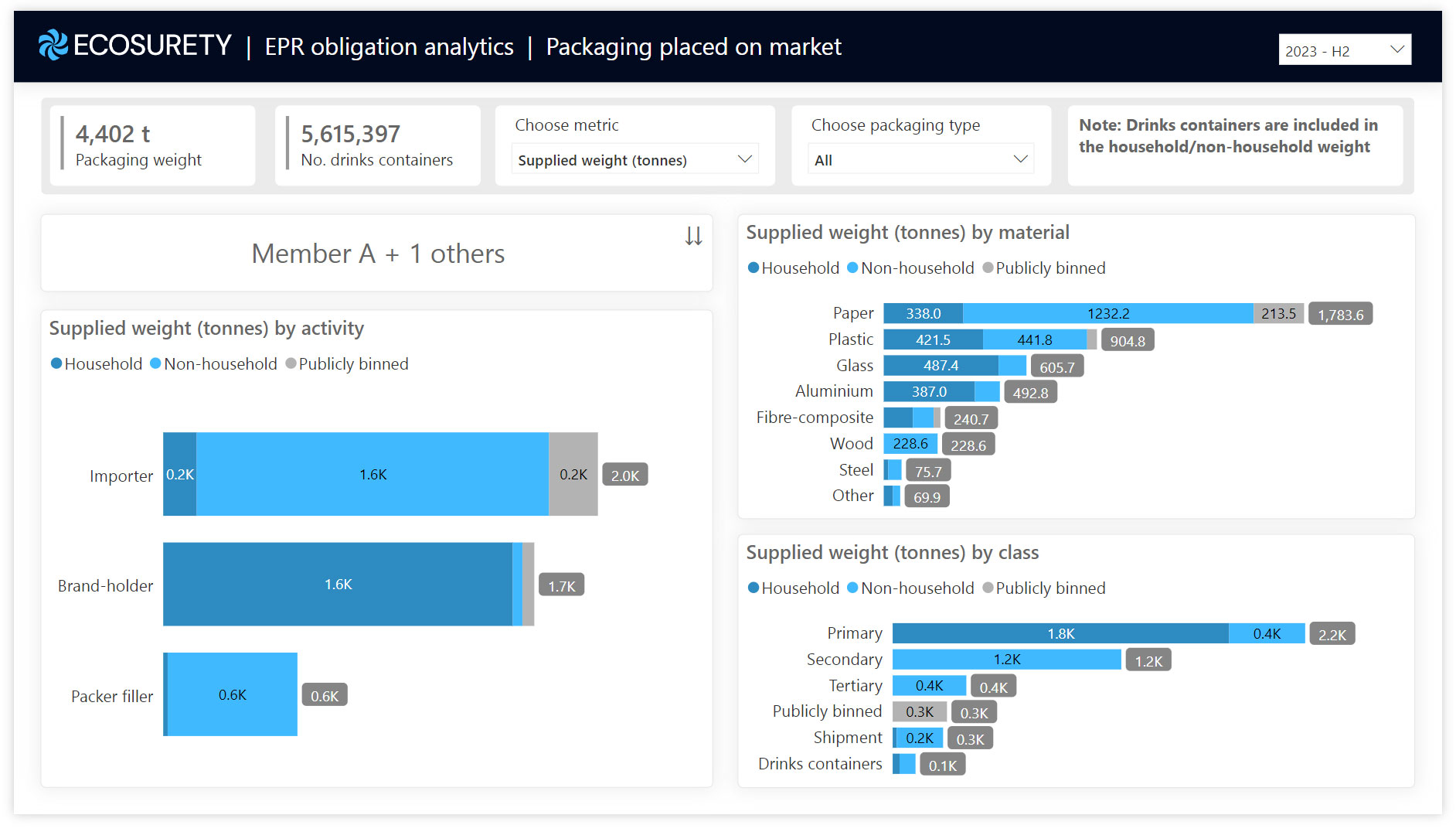Contents
- Introduction
- 1. Who is the RAM applicable to?
- 2. What packaging is the RAM applicable to?
- 3. When is the first RAM submission?
- 4. Where can I obtain the RAM template?
- 5. How does the RAM relate to the base fees for Waste Management Fees?
- 6. Is there an expected change to the packaging landscape as a result of businesses using the RAM?
- 7. As the RAM goes through four stages, should the packaging have four RAG results or one overall result?
- 8. How do you complete a RAM assessment if the packaging has a label on it?
- 9. Are drinks packaging in scope of DRS subject to RAM?
- 10. Is there a matrix that shows if the material can be widely recycled in the UK?
- 11. If you have a glass bottle with a removeable lid but there is a small tamperproof part of the lid left on the neck of the bottle, how is this assessed?
- 12. For packaging that will have residues, how do we assess the ease with which that packaging can be recycled?
- 13. Is there RAM guidance for more technical packaging, such as triggers and aerosols?
- 14. Will Ecosurety be able to support our company to comply with the requirements of the RAM?
- External resources
- Page updates
Share
Introduction
The new Recyclability Assessment Methodology (RAM) under packaging EPR naturally raises a lot of questions for producers, here is a collection of the most common we’ve been asked.
Don't forget you can also read our article Understand the Recyclability Assessment Methodology (RAM), which includes a webinar recording from January 2025 that had a live Q&A.
If you have a RAM question not covered here, or in our other RAM articles, please do let us know by contacting your account manager directly.
1. Who is the RAM applicable to?
Large producers are required to use the RAM and report on the red, amber or green (RAG) results as part of their EPR submission for household packaging. You will be classed as a large organisation if both of the following apply:
You have an annual turnover of £2 million or more AND you’re responsible for supplying or importing more than 50 tonnes of empty packaging or packaged goods in the UK.
2. What packaging is the RAM applicable to?
A RAM assessment must be completed, with the results submitted to government, for all packaging reported as ‘household’ or ‘commonly publicly binned’ that has been placed on market from 1 January 2025 by large producers.
3. When is the first RAM submission?
The first submission with results from the RAM will be required in the October 2025 EPR submission. This will be based on packaging placed on the market between January to June 2025.
4. Where can I obtain the RAM template?
There are no tools or templates provided by DEFRA to complete a RAM assessment. It is instead delivered by DEFRA on three webpages:
Overall RAM guidance: Recyclability assessment methodology: how to assess your packaging waste - GOV.UK
Recyclability assessment process at a material level: Recyclability assessment methodology: materials and outputs - GOV.UK
Definitions & background: Recyclability assessment methodology: background and definitions - GOV.UK
We are in the process of developing tools to support our members with reporting against the RAM. We will directly notify our members when these are made available.
5. How does the RAM relate to the base fees for Waste Management Fees?
The RAG output of the RAM will determine by how much the base fees for each material are modulated by. Red and amber packaging will receive a higher modulation factor, and green a lower modulation factor as the packaging is deemed more recyclable.
6. Is there an expected change to the packaging landscape as a result of businesses using the RAM?
It is likely that there will be a shift in the packaging landscape due to the RAM, hopefully in a positive direction. The RAM, and its impact on the eco-modulation of Waste Management Fees, has been set up to incentivise businesses to choose more recyclable packaging so that they receive a ‘green’ outcome rather than ‘amber’ or ‘red’. We will likely see shifts away from packaging formats that are currently ‘red’.
7. As the RAM goes through four stages, should the packaging have four RAG results or one overall result?
For reporting purposes, you will need to know the “highest” RAG result of the component to determine what it should be reported under. In this case, ‘red’ is highest, ‘amber’ is middle and ‘green’ is lowest.
8. How do you complete a RAM assessment if the packaging has a label on it?
Unless a label is easily separated by hand, a label would be assessed as part of the component of packaging to which it is attached. In this instance, the label material would inherit the RAG result of the component.
For example, a glass jar with paper label would use the glass section of the RAM to determine the RAG result. If the component result is green, then the glass would be reported as green, and the paper label would be reported as green. If however, the component result is amber, then the glass jar and the paper label would both be reported as amber.
9. Are drinks packaging in scope of DRS subject to RAM?
Yes, drink packaging (aluminium, steel and PET) containers in-scope of the DRS are subject to the RAM. However, they are assessed differently. See below for the assessment of different container types:
Ancillary parts to glass containers that are easily removed should be assessed separately from the glass body, as is the case when glass containers are reported as supplied under the EPR data reporting rules. This includes metal lids and screw tops. However, ancillary parts such as labels which cannot be removed without effort or tools should be assessed as part of the container.
For steel, aluminium and PET containers all ancillary parts should be assessed and reported as part of the main body of the container, under the material category that represents the most weight.
10. Is there a matrix that shows if the material can be widely recycled in the UK?
There is not currently a matrix provided to show the overall recyclability of materials in the UK. It’s important to note that there are features at a packaging component level can impact the recyclability of the packaging. For example, not all plastic packaging is non-recyclable, and not all paper and glass packaging is recyclable. We cannot assume that a packaging format is recyclable purely due the primary material it is made up of.
11. If you have a glass bottle with a removeable lid but there is a small tamperproof part of the lid left on the neck of the bottle, how is this assessed?
A packaging component will need to be assessed with any materials that are not easily separated by hand. In this example, the bottle would be assessed with consideration of the tamperproof element which remains attached.
The RAM indicates specifics that will result in either an amber or red result for the packaging component.
12. For packaging that will have residues, how do we assess the ease with which that packaging can be recycled?
Residue is referenced in the RAM as the following:
Paper & board - Reprocessing stage:
“If the item of packaging or component contains any retained product residue that cannot be removed by hand, it is red. A common example would be 3D food baked on and attached to the paper or board. Surface staining such as small oil marks that do not fully soak the paper, or crumbs can be tolerated.”
Fibre-based composite materials (liquid cartons) - Reprocessing stage:
“Packaging that is likely to retain product residue that a consumer cannot remove by hand is red. A common example would be food attached to fibre-based composite packaging."
Fibre-based composite materials (non-liquid cartons) - Reprocessing stage:
“If the item of packaging or component contains any retained product residue that cannot be removed by hand, it is red. A common example would be 3D food baked on and attached to the paper or board. Surface staining such as small oil marks that do not fully soak the paper, or crumbs can be tolerated.”
Glass - Collection stage:
“Glass with designed in contamination (meaning it product residue cannot be easily removed by the consumer such as nail polish bottles or concealer).”
For glass, this would result in a red classification unless a take-back scheme was available, in which case the best result that could be achieved would be amber.
13. Is there RAM guidance for more technical packaging, such as triggers and aerosols?
The RAM provides reference to technical features of packaging as part of the assessment of the component. A trigger if easily separated would be assessed under the primary material it is made from. If it is inseparable, it would be assessed in relation to the material of the component it forms.
14. Will Ecosurety be able to support our company to comply with the requirements of the RAM?
Ecosurety will be available to support members in using and reporting against the RAM. We are currently developing our service offering and will share more detail about the options available with our members soon, in readiness for the required reporting period.
We will offer different levels of support, similar to the varying levels of support available for EPR submissions, to help make the process as easy as possible, whilst aiming to unlock analytical insight. Different levels of support will have different costs associated with them, to suit our members’ needs.
Our Advisory Team will also be available to support businesses in making changes to packaging, focusing on how to improve packaging that results in a ‘red’ and ‘amber’ outcome.
To discuss how we might be able to help, please reach out to your account manager or our sales team.
Members can also access our extensive RAM guidance now, that includes:
External resources
Recyclability assessment methodology: How to assess your packaging waste on gov.uk
Page updates
10 February 2025 - We added a list of member knowledge resources related to the RAM.

Alison Appleby
Packaging Sustainability Specialist
With a Master of Environmental Management and experience in the Australian packaging and recycling sectors, Alison joined the Ecosurety team to support businesses of all sizes on their packaging sustainability journey.



